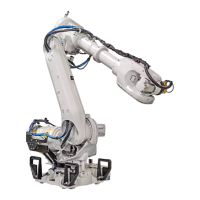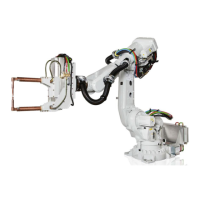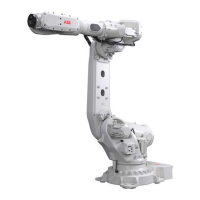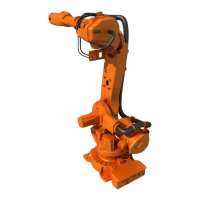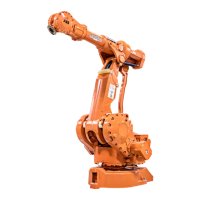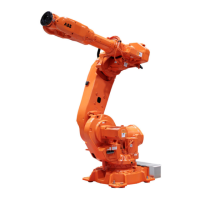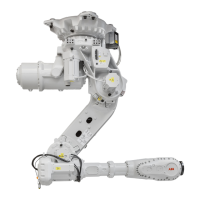
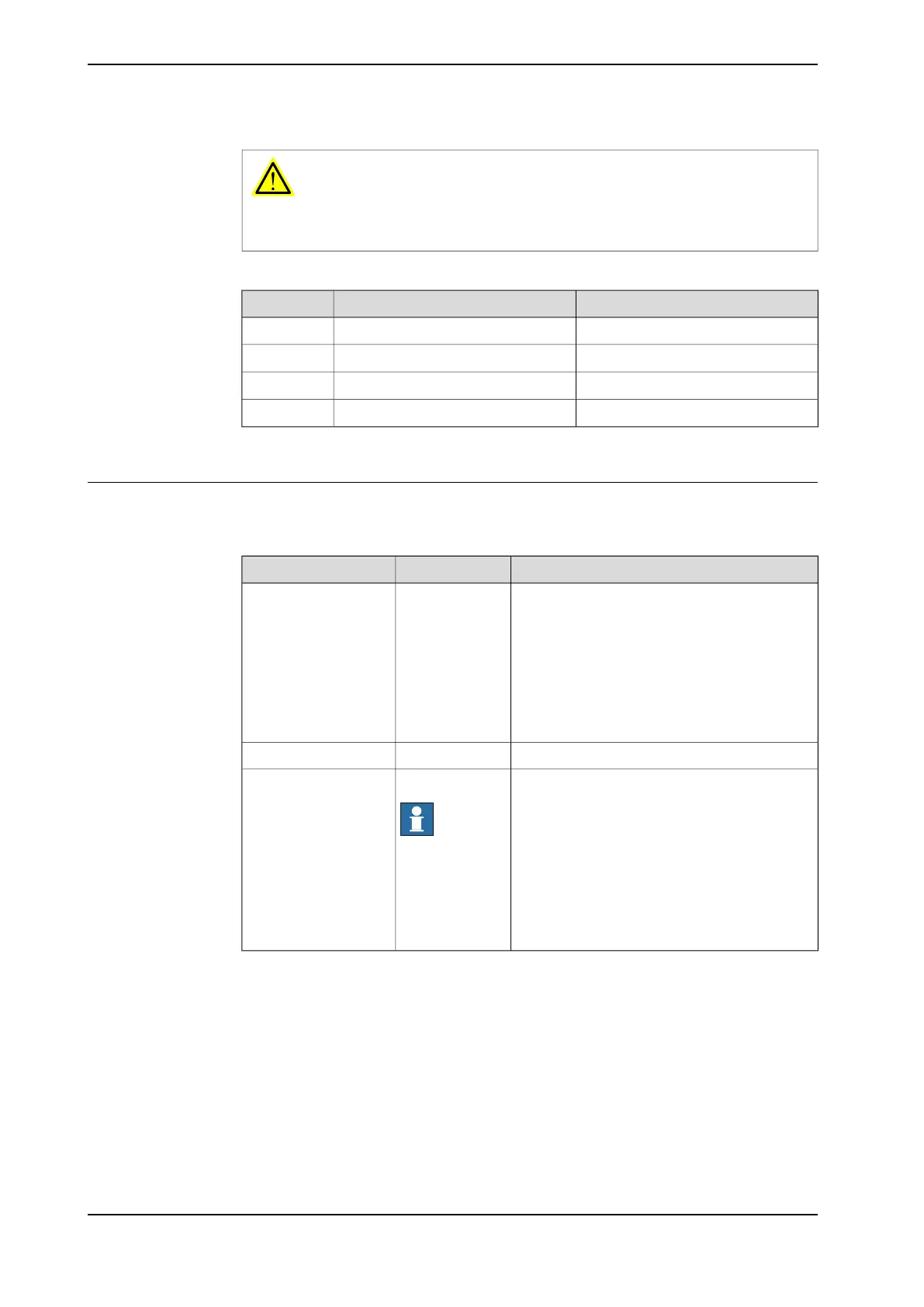 Loading...
Loading...
Do you have a question about the ABB IRB 6700 Series and is the answer not in the manual?
| Payload | 150-300 kg |
|---|---|
| Reach | 2.60-3.20 m |
| Number of Axes | 6 |
| Protection Rating | IP67 |
| Controller | IRC5 |
| Protection | Foundry Plus 2 |
| Mounting | Floor |
Covers general safety aspects and specific information on avoiding personal injuries and product damage.
Details safety risks during installation, service, and operational disturbances.
Explains danger levels, safety signals, and symbols used in the manual and on product labels.
Overview of assembly instructions and technical data for installing the IRB 6700.
Covers unpacking and pre-installation procedures, including storage and operating conditions.
Provides brief installation steps, including base plate and manipulator securing.
Details robot cabling and connection points for power, signals, and fan cables.
Overview of maintenance activities, schedule, and procedures for the IRB 6700.
Specifies maintenance intervals, schedules, and expected component lifespan.
Details inspection procedures for motor seals, oil levels, cable harnesses, and other components.
Covers procedures for replacing components like gearboxes, batteries, and lubricants.
Introduction to repair activities, required equipment, and safety information.
Details general repair procedures like leak-down tests and mounting instructions.
Provides procedures for attaching lifting accessories for safe lifting of robot parts.
Covers replacement of upper and lower arm components, including the wrist.
Details procedures for replacing motors for various axes (axis-1, axis-2, etc.).
Provides procedures for replacing gearboxes for different axes (axis-1, axis-2, etc.).
General information about calibration methods and terminology.
Describes how to update revolution counters for rough calibration of manipulator axes.
Detailed description of the Axis Calibration method, tools, and procedures.
Information on product disposal, hazardous materials, and oil/grease recycling.
Important safety precautions for robot disassembly and scrapping.
Details on safely decommissioning the balancing device due to stored energy.
Identifies motor types visually and by article number, including interchangeability.
Lists relevant EN ISO and European standards applicable to the product.
Provides guidance on tightening screw joints, including torque values and lubrication.
Lists standard tools required for service, repair, and installation activities.
Lists special tools required for specific activities, with article numbers.
Information on where to find spare parts lists and exploded views.
Information on where to find circuit diagrams for controllers and robots.
